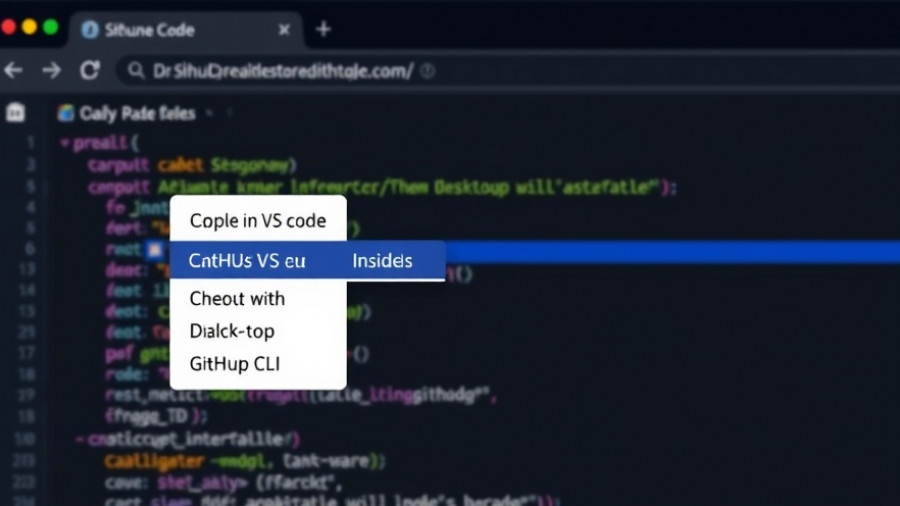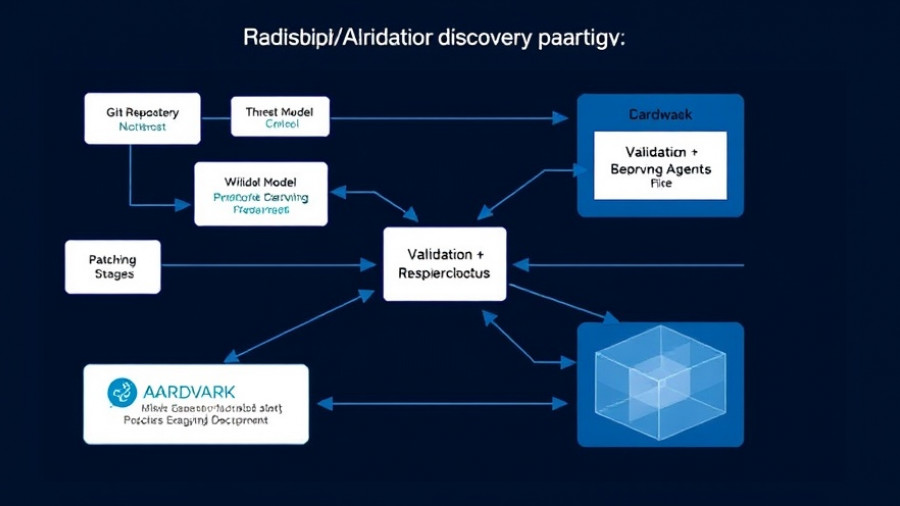
The Rise of AI Agents in Social Impact
In an era where the intersection of technology and social responsibility gains unprecedented attention, Blackbaud has stepped into the spotlight with their unveiling of social impact AI agents. These innovative entities are not just designed to assist organizations in addressing social issues but also represent a move towards deeper reasoning in artificial intelligence. Blackbaud, a recognized leader in cloud software solutions for nonprofits, continues to push the boundaries of technology by facilitating more connected and impactful social initiatives.
Understanding Deep Reasoning AI
What distinguishes these AI agents is their ability to employ deep reasoning—a notable evolution in AI technology. Unlike traditional AI, which might rely predominantly on data analysis and simple algorithms, deep reasoning AI allows agents to draw complex conclusions from vast amounts of information. This capability enables them to analyze the multifaceted challenges facing organizations today and provide actionable insights that can significantly enhance their social impact efforts.
A Free Certification Course for Broader Engagement
Moreover, Blackbaud is taking an empowering step by offering a free certification course. This initiative is aimed at equipping individuals and organizations with the knowledge and tools to effectively utilize these AI agents. By democratizing access to AI technology, Blackbaud not only fosters a community well-versed in utilizing AI for social good but also drives greater awareness about the potential applications of agentic AI in various sectors.
The Impact of Agentic AI on Nonprofits
For nonprofits, integrating AI agents can transform operational efficiencies and outreach strategies. According to Blackbaud, these tools can help tailor communication strategies and optimize fundraising efforts by analyzing donor preferences and behaviors. This not only enhances engagement but ultimately leads to greater visibility and effectiveness in addressing the causes these organizations champion.
Future Predictions: The Growing Role of AI Agents
As we look toward the future, the role of AI agents in societal development seems promising. With a mindset geared toward utilizing technology for ethical solutions, fields such as environmental conservation, education, and healthcare stand to benefit immensely. As nonprofits increasingly seek innovative methods to address social issues, agentic AI may serve as a significant ally. The capability of deep reasoning can facilitate more strategic decision-making, driving impactful results in initiatives tailored toward social good.
Practical Insights: Embracing AI Technology
For organizations eager to embrace this technological advancement, it's crucial to understand how to integrate these AI solutions effectively. Organizations should focus on building internal knowledge, leveraging the free certification course to understand best practices. Engaging with this technology not only enhances operational capacity but also positions organizations at the forefront of tech-driven social change.
Why Engaging with AI Matters
For tech enthusiasts and professionals keen on revolutionizing social initiatives, learning about AI agents represents an exciting frontier. The integration of deep reasoning AI into daily operations can lead to profound insights that might otherwise go unnoticed. In a world where technological dependency grows, understanding AI agents could very well become a staple skill in various professional arenas.
In conclusion, as Blackbaud paves the way for deeper reasoning AI in the social sector, it’s a call to action for tech-minded individuals to engage with this transformational technology. Taking part in certification courses and advocating for AI usage in nonprofits can unlock extensive opportunities for impact and innovation.
 Add Row
Add Row  Add
Add 




Write A Comment